Have you ever caught your dog gazing up at you with those soulful eyes and wondered, “Are you okay, buddy?” Dogs may not use words, but their bodies and behaviors shout out their feelings in ways only the attentive can catch. It’s surprising—and sometimes heartbreaking—how easily stress, discomfort, or unhappiness in dogs can go unnoticed until it becomes a bigger problem. As a devoted dog lover, you want nothing but a wagging tail and a happy heart for your furry friend. But what if their silence is actually a call for help? Understanding the subtle and not-so-subtle signs your dog isn’t feeling their best can make all the difference. Let’s dive into 20 crucial signs that your beloved pup might be stressed, unhappy, or just not feeling good.
1. Excessive Panting When Not Hot or Exercised
Dogs may not speak our language, but they’re always communicating—especially when something’s off. Whether it’s subtle changes in behavior or more obvious signs, your pup might be trying to tell you they’re stressed, unhappy, or just not feeling their best. As pet parents, it’s up to us to recognize these cues and respond with care, understanding, and support.
Panting is a normal way for dogs to cool down, but when your pup is panting heavily without heat or exercise, it could be a red flag. Stress, pain, or illness can cause this sudden change in breathing. Imagine seeing your dog pant rapidly while just lying on the couch—it’s not just odd, it’s worrisome. This kind of panting often comes with wide eyes or restlessness, showing they’re not just catching their breath. If your dog seems out of sorts and is panting more than usual, it’s time to pay attention. Don’t dismiss it as “just their way.” It could be their way of telling you something is wrong. Always consider the bigger picture and look for other signs that may accompany this behavior.
2. Excessive Licking or Chewing Themselves
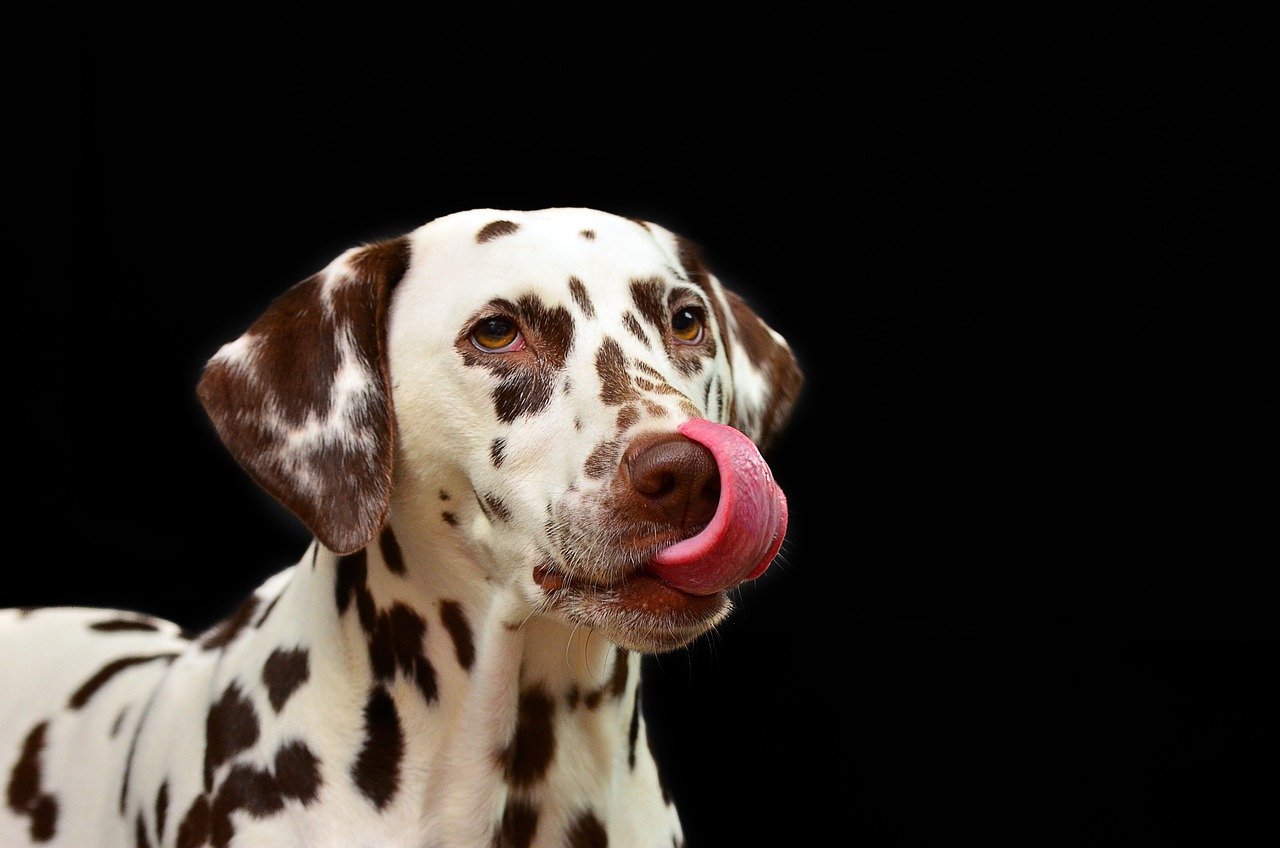
One of the most heartbreaking sights is a dog compulsively licking or chewing their paws, legs, or body. It may look like they’re just grooming, but obsessive licking is often a sign of anxiety, discomfort, or even allergies. Sometimes, the licking becomes so severe that it creates bald spots or sores—clear signals your dog is not okay. Dogs use this repetitive motion to soothe themselves, just like a person biting their nails when nervous. If you notice your dog focusing on a spot over and over, don’t ignore it. This behavior can quickly escalate into medical issues or signal something deeper. Ask yourself: Is your dog trying to heal a pain you can’t see?
3. Loss of Appetite or Sudden Picky Eating

Many dogs love their food, so a sudden lack of interest in mealtime is a cause for concern. Dogs that are stressed, anxious, or feeling unwell often go off their food, leaving their bowl untouched. It’s not just being “fussy”—it’s a clear sign something is off. This could mean anything from emotional distress to gastrointestinal issues. If your usually enthusiastic eater starts sniffing and walking away, take note. Not eating for more than a day or two should never be brushed off. A healthy appetite is a window into your dog’s overall well-being.
4. Hiding or Withdrawing From Family
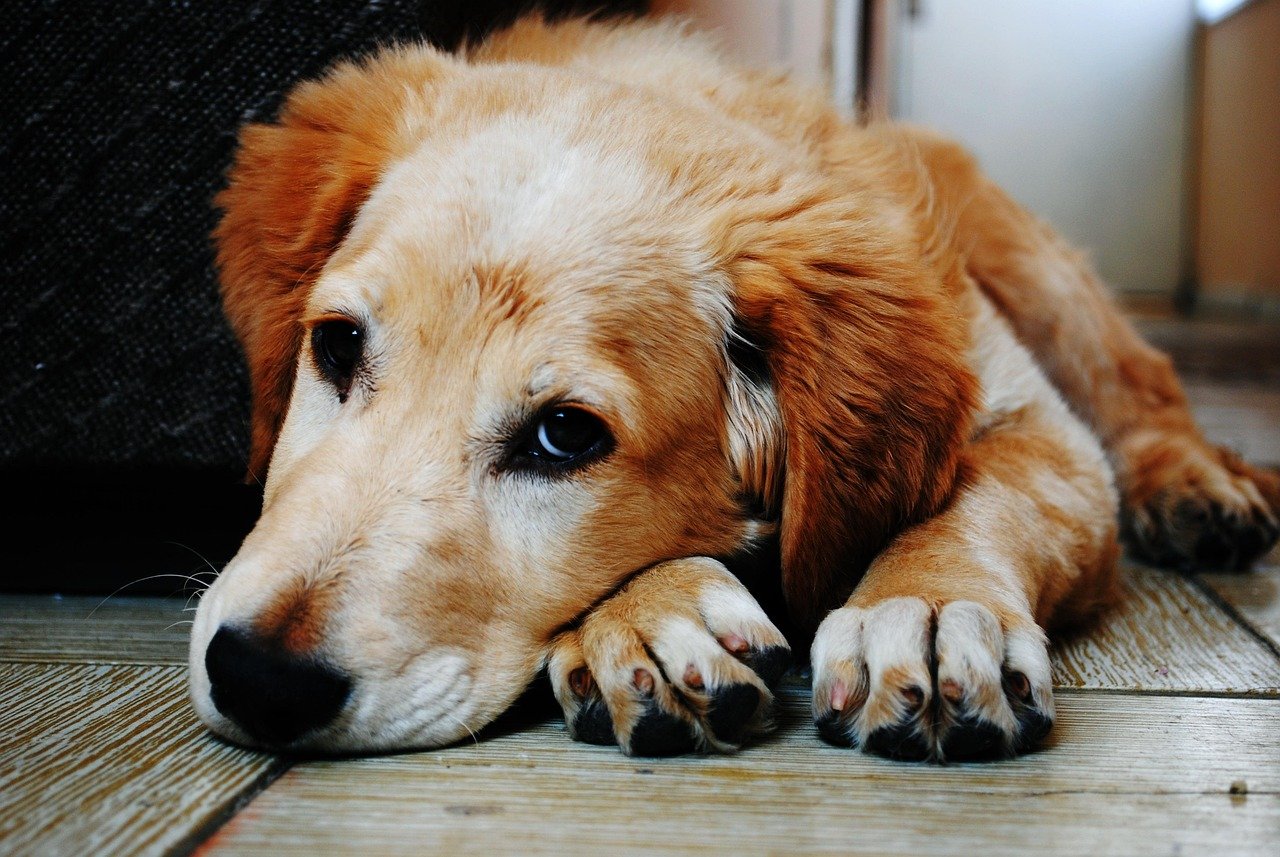
Dogs are pack animals, naturally drawn to their human companions. When your dog suddenly prefers to hide under the bed or stay away from the family, it’s a red flag. This withdrawal can be a dog’s way of coping with stress, fear, or pain. Normally social pups that become isolated are trying to tell you, “I’m not okay.” You might notice them avoiding eye contact, slinking away, or simply refusing to engage in play. This is not shyness—it’s a warning. Dogs instinctively seek solitude when they’re unwell or deeply troubled. Don’t ignore this silent cry for help.
5. Unusual Aggression or Growling
A gentle dog that suddenly begins snapping, growling, or showing their teeth is not just “having a bad day.” Uncharacteristic aggression often signals pain, fear, or extreme stress. Imagine your sweet pup snarling when touched or approached—something’s definitely wrong. Changes in temperament should never be dismissed as mood swings. Your dog isn’t turning mean—they’re trying to protect themselves or communicate discomfort. Aggression comes in many forms, from subtle growls to outright lunging. This behavior is often a desperate plea for understanding and help.
6. Changes in Sleeping Habits
Is your dog suddenly sleeping far more—or far less—than usual? Changes in sleep patterns are a telltale sign of stress, unhappiness, or illness. Dogs need plenty of rest, but excessive sleeping could point to depression or sickness, while insomnia may signal anxiety or pain. Perhaps your dog is pacing at night, unable to settle, or hiding away for endless naps. Both extremes should raise concern. Like humans, dogs’ sleep reflects their emotional and physical health. Pay close attention to these shifts—they’re often the first sign something’s not right.
7. Frequent Whining or Barking
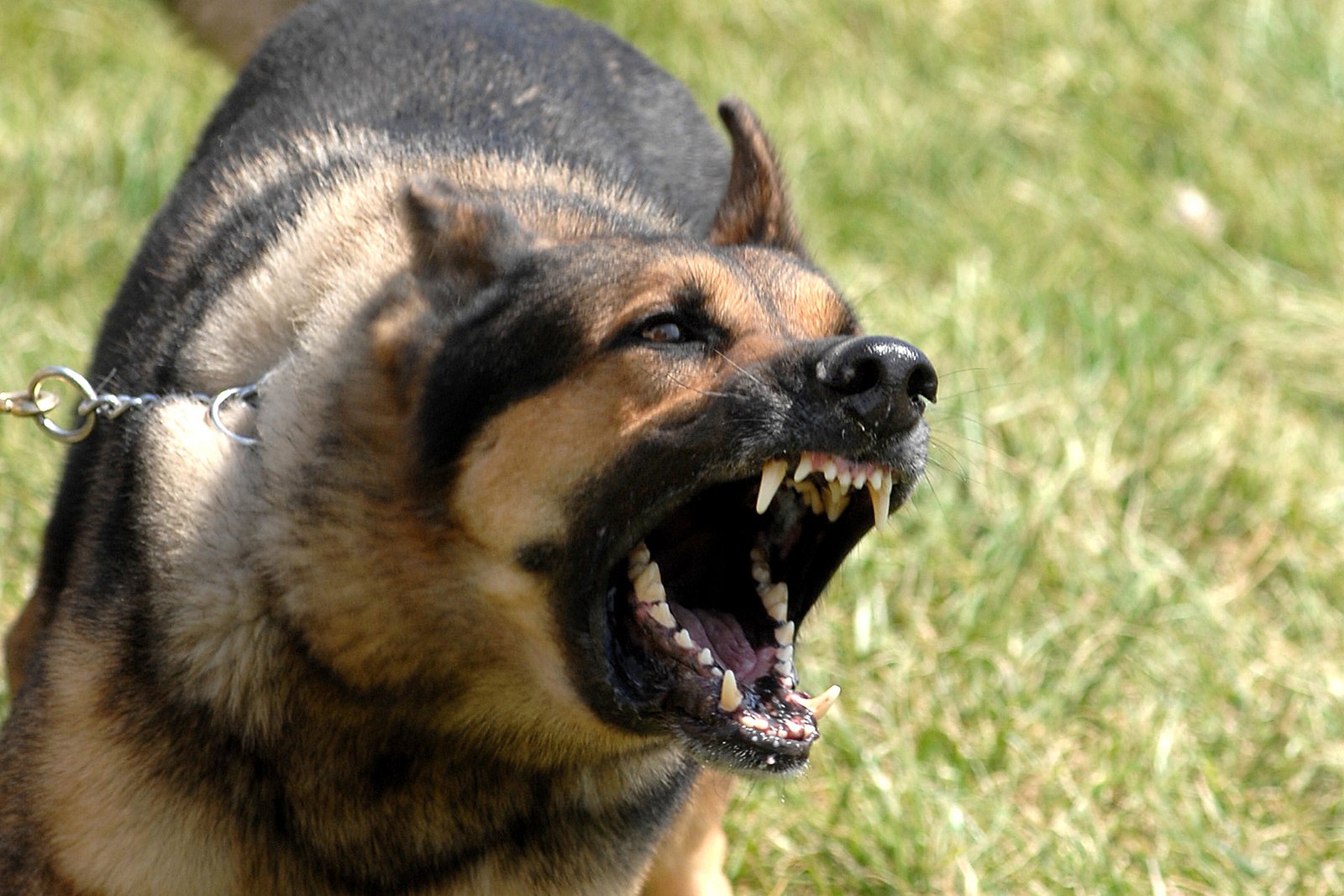
Dogs communicate through vocalizations, but when the whining or barking seems nonstop, it’s often a sign of distress. A stressed or unhappy dog might whine for attention, bark at seemingly nothing, or howl when left alone. This isn’t just being “talkative”—it’s their way of saying, “Help me.” Listen to the tone and frequency. Is it higher-pitched or more frantic than usual? Are they barking at the door, even when no one’s there? These sounds can be a clear indicator that something is wrong emotionally or physically.
8. Pacing or Restlessness
If your dog can’t seem to sit still, constantly pacing the room or circling, they may be struggling with anxiety or discomfort. This restless energy is not just boredom—it’s often a sign of inner turmoil. Imagine watching your dog walk back and forth for no apparent reason, unable to relax or settle down. Dogs do this when they feel trapped, worried, or in pain. Pacing is a way to release nervous energy, and it’s one of the most visible symptoms of stress. Don’t shrug it off as just “pent-up energy.”
9. Trembling or Shaking
Shaking isn’t just a reaction to being cold. Dogs shake or tremble when they’re scared, stressed, or sick. Seeing your dog’s body shiver for no obvious reason can be alarming—and it should be. This involuntary reaction can mean they’re overwhelmed or in pain, especially if it happens in a calm environment. Some dogs even shake during thunderstorms or fireworks, but if it’s happening at random times, pay close attention. Trembling is a physical manifestation of emotional or physical distress, and it’s never something to overlook.
10. Destructive Behavior

Chewed-up shoes, shredded pillows, and scratched doors aren’t just signs of a “naughty” dog. Destructive behavior is often a cry for help—an outlet for stress, boredom, or separation anxiety. Dogs left alone for too long or feeling neglected may resort to these behaviors as a way to cope. Instead of getting angry, ask yourself what might be causing this outburst. Maybe your dog’s world feels out of control, and they’re acting out to regain some sense of security. Destruction is a loud shout for attention, not just a mess to clean up.
11. Changes in Bathroom Habits

House-trained dogs suddenly having accidents indoors can be a sign of emotional or physical trouble. Stress, changes in routine, or illness can trigger these mishaps. If your dog is urinating more often, struggling to go, or having accidents in new places, don’t dismiss it as laziness. Their body and mind are trying to tell you something’s off. Sometimes, dogs even mark their territory when feeling insecure or anxious. If bathroom habits change, it’s time to look deeper.
12. Yawning More Than Usual
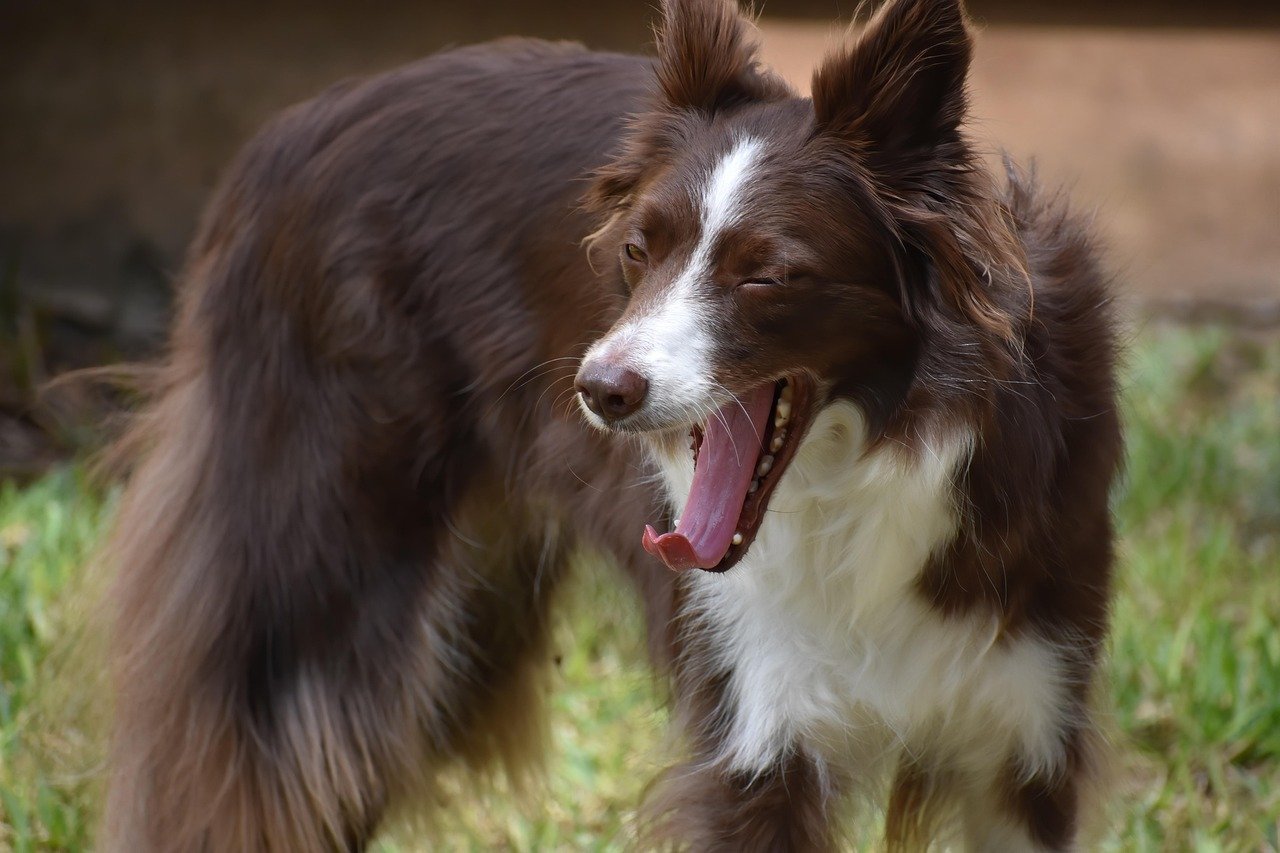
Yawning isn’t always about being tired. Dogs often yawn when they’re stressed, nervous, or trying to diffuse tension. It’s a calming signal, both to themselves and to others. If your dog yawns repeatedly in situations where there’s no reason for fatigue, it could be a sign of discomfort or anxiety. For example, frequent yawning at the vet or during thunderstorms is a classic stress indicator. Watch for these subtle cues—they’re easy to miss but speak volumes about your dog’s emotional state.
13. Clinginess or Needy Behavior
Has your independent dog suddenly become your shadow, following you from room to room? Excessive clinginess can be a sign of insecurity, anxiety, or illness. Dogs often seek comfort from their favorite humans when they don’t feel well or are frightened. It’s as if they’re asking, “Please don’t leave me alone.” This needy behavior can feel sweet, but it may be masking deeper issues. Dogs crave stability and reassurance, especially in stressful times. Don’t just enjoy the extra snuggles—try to figure out what’s changed.
14. Ears Pinned Back or Tail Tucked
A dog’s body language is a window into their soul. Ears pinned flat against the head or a tail tucked tightly between the legs are universal signs of fear, stress, or discomfort. You might notice this posture during thunderstorms, vet visits, or after a scolding, but if it happens frequently, something more serious could be at play. These physical cues are hard to miss and should never be ignored. Your dog is making themselves smaller, hoping to escape whatever is troubling them. It’s a silent, desperate call for help.
15. Loss of Interest in Play or Walks
When a usually playful pup turns down their favorite game or ignores the leash, it’s time to worry. Loss of interest in fun activities is a major sign of unhappiness, depression, or illness. Imagine your dog walking away from their beloved ball or refusing a walk they used to love—something is clearly wrong. Dogs live for joy and excitement, so a sudden change is a big warning sign. Don’t wait for things to get worse. A lack of enthusiasm is their way of saying, “I’m not myself.”
16. Excessive Shedding or Dull Coat

A shiny, full coat is a sign of a healthy, happy dog. When stress or illness strikes, you might notice more hair on your furniture or a coat that’s lost its luster. Excessive shedding, bald patches, or a greasy, dull appearance should raise concerns. These changes often go hand-in-hand with other symptoms, revealing your dog’s inner turmoil. The body reacts to emotional and physical stress in visible ways, and the coat is often the first place it shows. Don’t ignore these subtle shifts—they’re telling you more than you think.
17. Constant Scratching with No Fleas
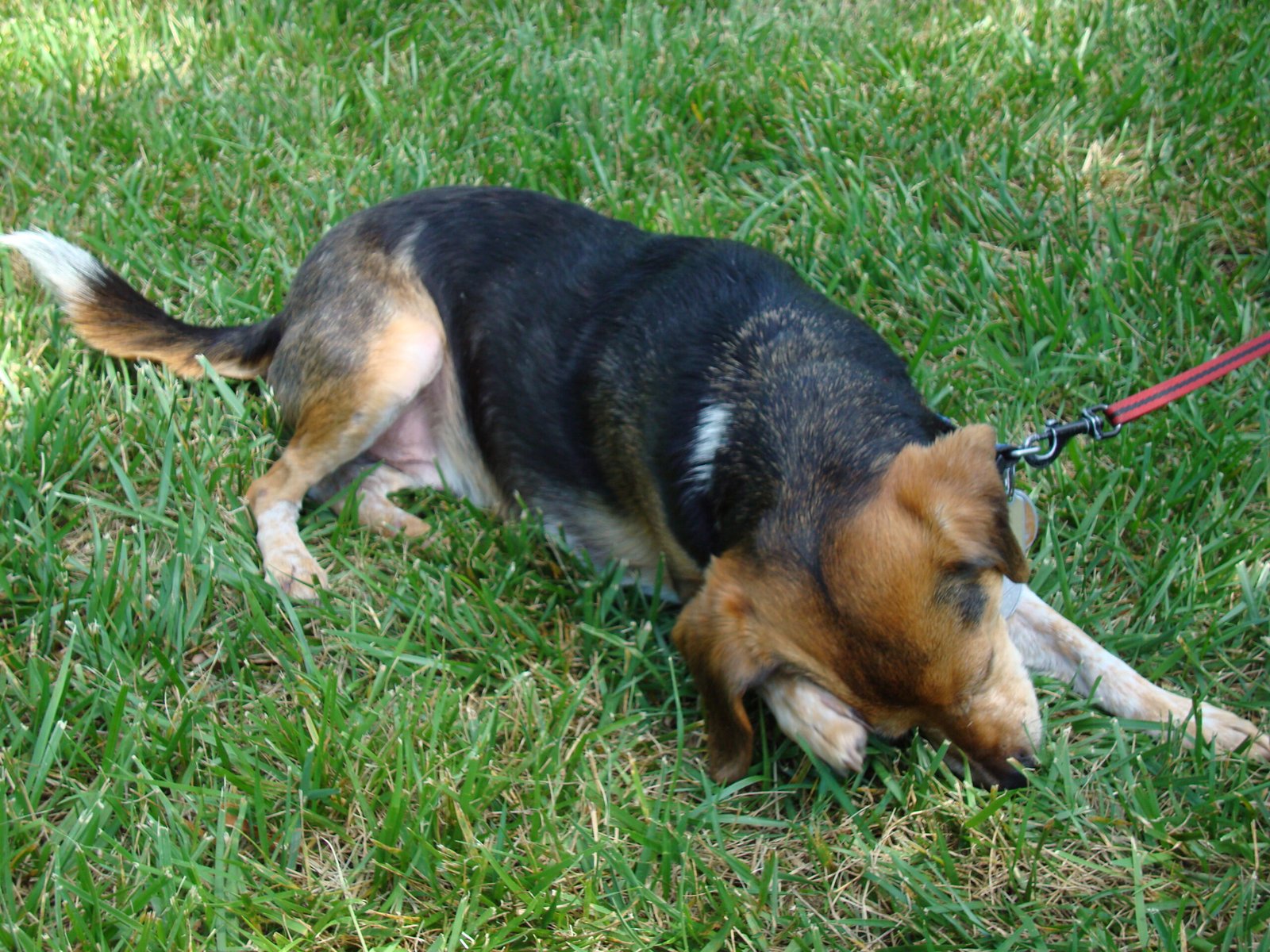
If your dog is scratching obsessively but you can’t find any fleas, something else could be going on. Allergies, anxiety, or skin conditions may be the culprit. Watching your dog scratch and bite themselves all day is heartbreaking, especially when no obvious cause is found. This constant irritation can make your dog miserable, affecting both mind and body. It’s a sign they need relief, whether it’s medical or emotional. Persistent scratching is never normal, and it always deserves your attention.
18. Changes in Body Posture
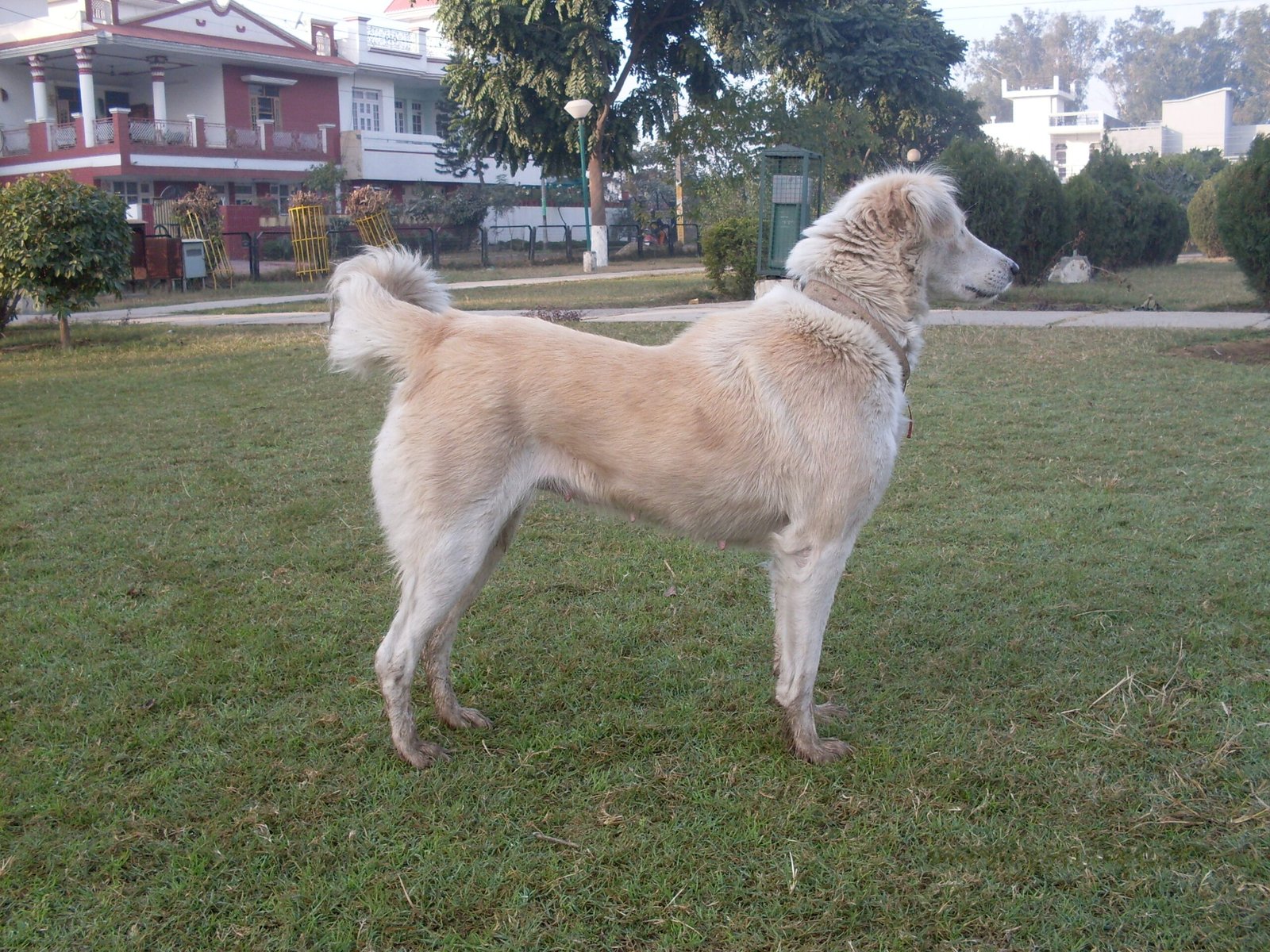
Sometimes, the way your dog stands or moves can reveal their emotional state. A hunched back, lowered head, or stiff, tense body are all signs of discomfort or fear. You might also notice them avoiding putting weight on one leg or standing frozen in place. These changes may seem subtle, but they speak volumes about your dog’s well-being. Imagine a normally bouncy pup suddenly moving like they’re walking on eggshells—it’s a clear sign something isn’t right. Body posture is the language your dog uses when words fail.
19. Avoiding Eye Contact

Eye contact is a sign of trust and comfort in dogs. If your dog suddenly avoids looking at you or turns away when you approach, it may mean they’re stressed, scared, or feeling unwell. Dogs that usually greet you with bright eyes but now look away are trying to cope with discomfort or anxiety. It’s not stubbornness—it’s a coping mechanism. Think of it as their way of saying, “I can’t handle this right now.” Pay close attention to these subtle changes in interaction.
20. Excessive Drooling
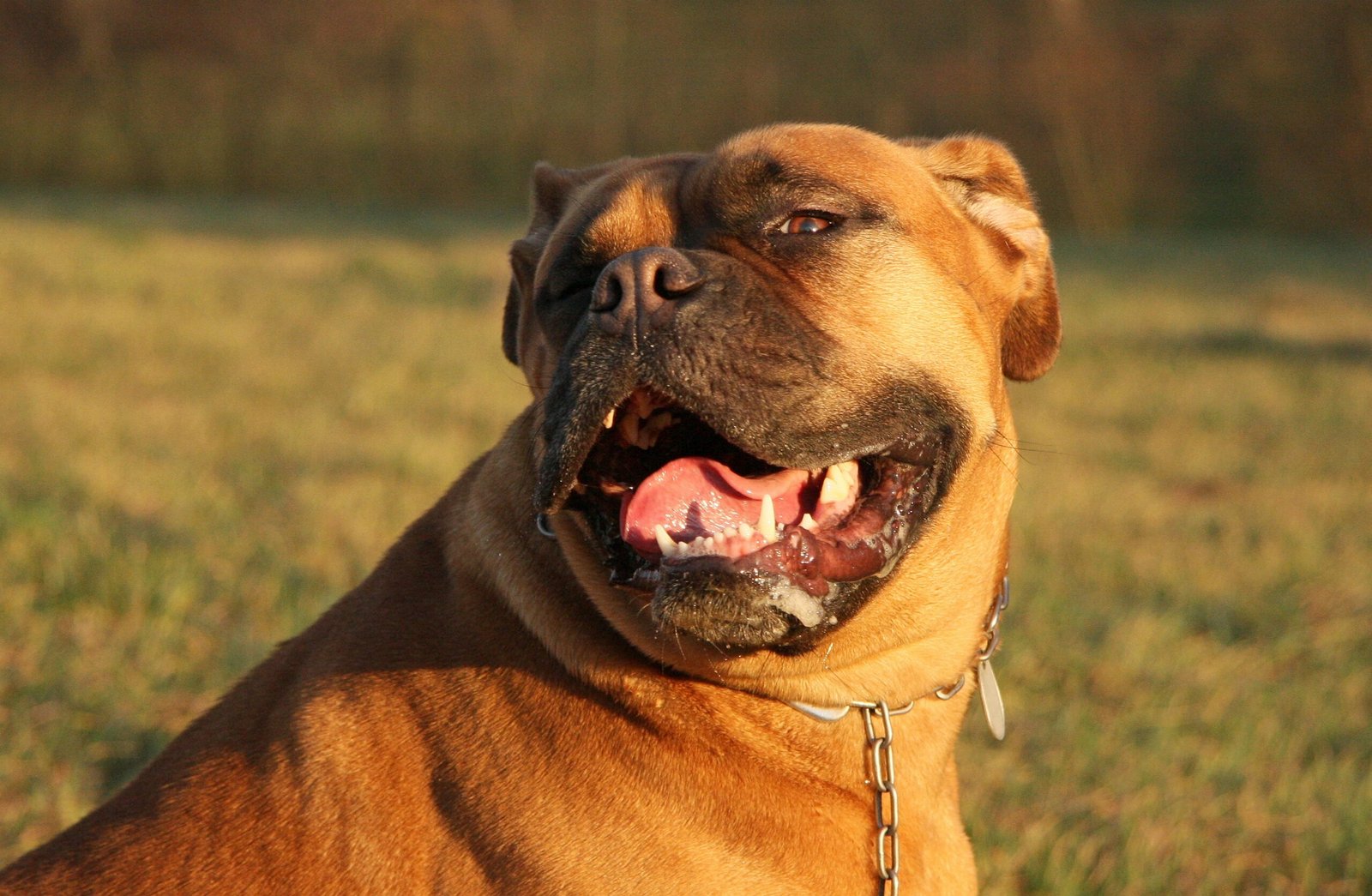
While some breeds naturally drool more than others, sudden, excessive drooling can be a sign of nausea, dental issues, or anxiety. If your dog starts slobbering for no clear reason, especially in stressful situations or alongside other symptoms, take it seriously. Imagine your dog’s mouth dripping when they’re not near food or water—it’s not normal. Excessive drooling may also come with lip-smacking, swallowing, or licking the air. These signs often indicate your dog’s body is struggling, and they need your help.
No matter how subtle or dramatic these signs may be, each one is your dog’s way of reaching out for your attention, care, and love. Are you truly listening to what your best friend is trying to tell you?

Born and bred in South Africa, a Capetonian at heart. Amy-Leigh’s love for nature and animals was inherited from her Dad. He loves taking the family on road trips to experience nature at its finest; Amy-Leigh’s favourite being whale watching in Hermanus and spotting Kudu along the West Coast. Amy-Leigh holds a BA in English Literature and Communication Studies.





